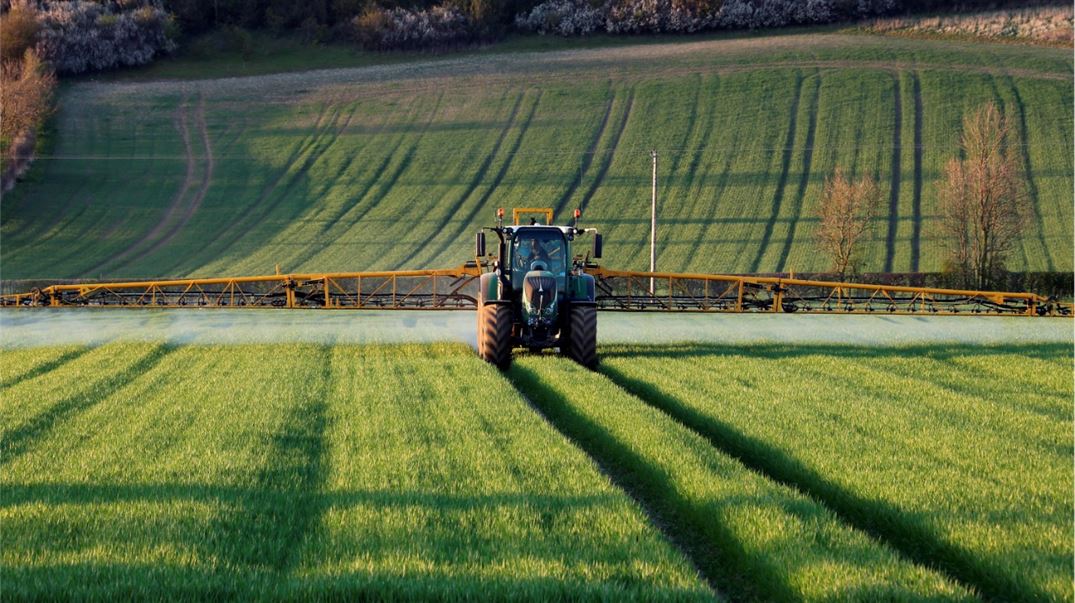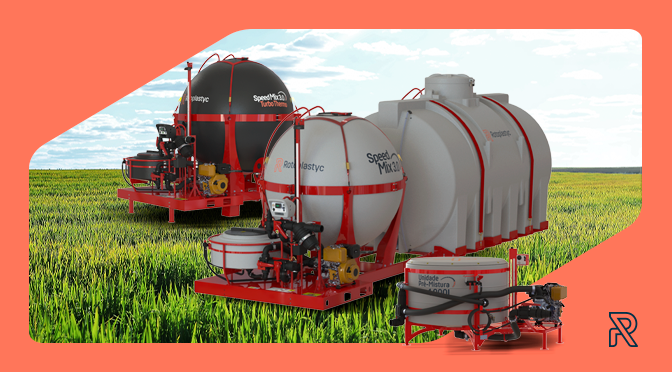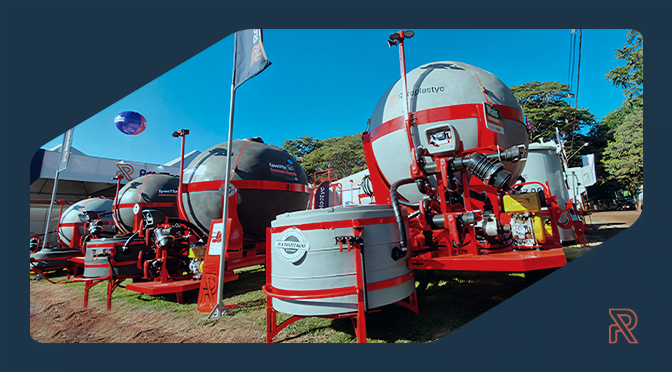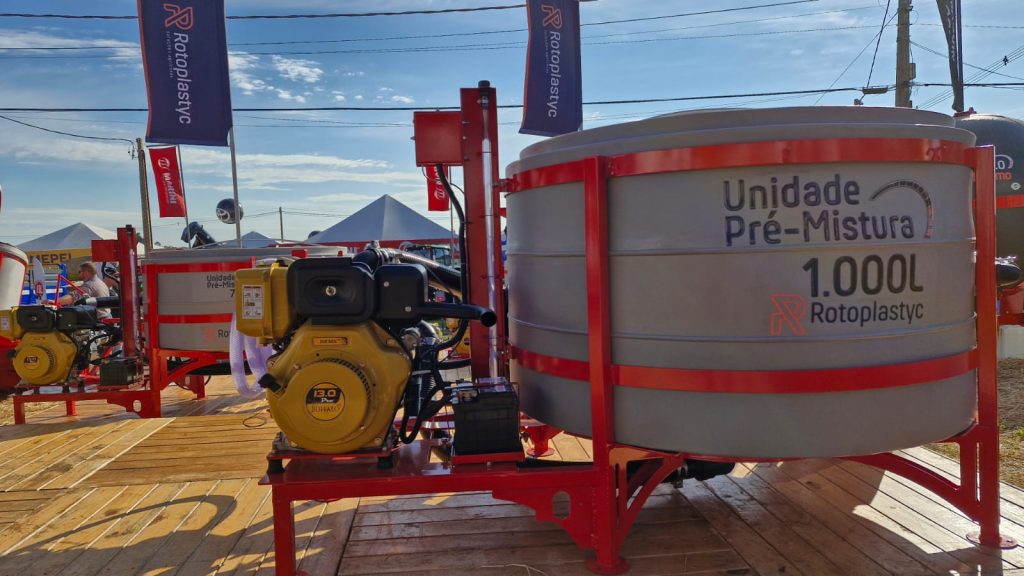Agricultural Spraying: Learn What the Main Spray Mixture Preparation Mistakes Are and How to Avoid Them

Efficient and waste-free spraying requires proper planning and management from the farmer, as well as the use of recommended equipment.
In this context, know that you can not only optimize the spraying process, but also increase the effectiveness of crop protection products and boost productivity by taking a few precautions and avoiding common mistakes such as:
● Not considering weather conditions: it’s important to spray under ideal conditions, avoiding the hottest times of the day, refraining from spraying against the wind, and not spraying during strong winds (over 10 km/h) or rainy days;
● Not checking the water pH for spraying: if needed, adjust the pH according to the manufacturer’s recommendations;
● Not agitating the product (spray mixture): this process must be continuous from the beginning to the end of the application. Keep the agitator running at all times to prevent sedimentation. Note! The intensity of agitation must also be maintained;
● Not using proper equipment to mix and homogenize pesticides: spray mixture preparation requires proper agitation to ensure homogeneous blending of inputs. That’s why working with specialized mixing and agitation equipment contributes to high-quality spray mixtures and optimizes application logistics, making it ideal for refilling sprayers;
● Not calibrating the sprayer and failing to perform regular cleaning and maintenance: it is important to regularly check all components. Also remember to check the nozzle pressure, the spray mixture volume to be applied, the number and size of the droplets, as well as the dosage, dilution, and the need to add adjuvants.
Mistakes like these impact spraying performance in the field, as the farmer ends up with a non-homogeneous mixture, leading to product waste, lower productivity, and reduced efficiency across the entire process. According to data released by Instituto Emater in 2016, nearly 46% of applications are wasted due to human error. That’s why taking these precautions and training the workforce that handles spraying equipment is so important. Remember: proper spray mixture preparation allows for better product distribution, prevents sprayer clogging, and reduces the risk of contamination.
Another key factor in ensuring safety and efficiency in pesticide application is investing in the right equipment for mixture preparation, which can help minimize or eliminate these errors. An example is the Speed Mix Line, which features specialized equipment for spray mixture preparation and sprayer refilling.
Now that you know the main mistakes to avoid when preparing spray mixtures, click the link to learn how to make a mixture that will boost your crop results.



